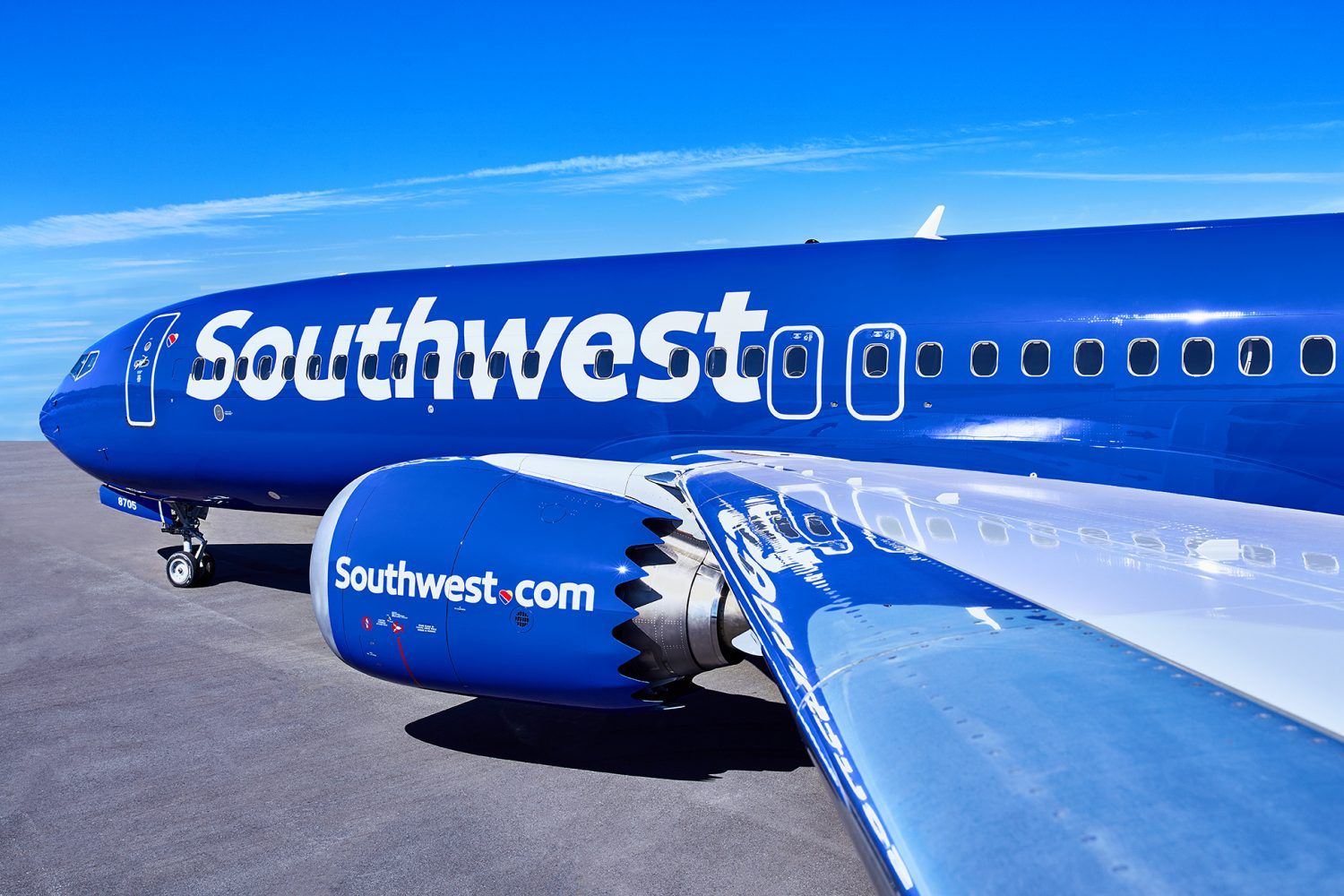A Southwest Boeing 737 MAX loses communication during approach to Denver
A Southwest Airlines Boeing 737 MAX 8, carrying up to 175 passengers, experienced a loss of communication with air traffic control during its approach to Denver International Airport (DEN), Colorado, on Monday, May 25. The crew managed to land the aircraft safely.
Flight WN-168, operated by the nearly one-year-old aircraft registered N8887Q, was en route from Tampa (TPA), Florida, to Denver. During the final stages of the approach, while descending through approximately 11,000 feet, the pilots stopped responding to radio communications. Initial reports, including from the aviation site PYOK, suggest the aircraft may have been struck by lightning, potentially affecting its transmission systems.
Due to the lack of pilot response, Denver air traffic controllers initiated a "blind transmission" protocol, which is used when an aircraft is believed to be capable of receiving instructions but unable to transmit. Controllers continued issuing directives, which the 737 MAX crew followed accurately—indicating they could still hear the instructions.
Roughly 12 minutes after the loss of two-way communication, the Boeing 737 MAX landed safely on runway 17L in Denver. No injuries were reported among passengers or crew. As a precaution, Southwest Airlines removed the aircraft from service for a thorough inspection. The airline stated: "On May 25, Flight 168 from Tampa to Denver may have been struck by lightning during approach to DEN and landed safely. Our maintenance teams removed the aircraft from service for inspection. There were no injuries." The aircraft was scheduled to return to service on Tuesday, May 26, although no immediate confirmation was available at the time of publication.
The U.S. Federal Aviation Administration (FAA) announced it will investigate the exact circumstances of the incident. While lightning strikes on aircraft are relatively common and commercial jets are built to withstand them, a loss of transmission capability warrants detailed analysis.
This incident comes amid ongoing discussions about modernizing the U.S. air traffic control system. Recently, Secretary of Transportation Sean Duffy outlined plans for a major overhaul of the system’s infrastructure. Duffy emphasized replacing outdated equipment with fiber optics, wireless, and satellite communication technologies, aiming to make U.S. air traffic control “the envy of the world.” However, officials noted that this specific event involving Flight WN-168 was not related to any broader systemic failures.


Para comentar, debés estar registradoPor favor, iniciá sesión